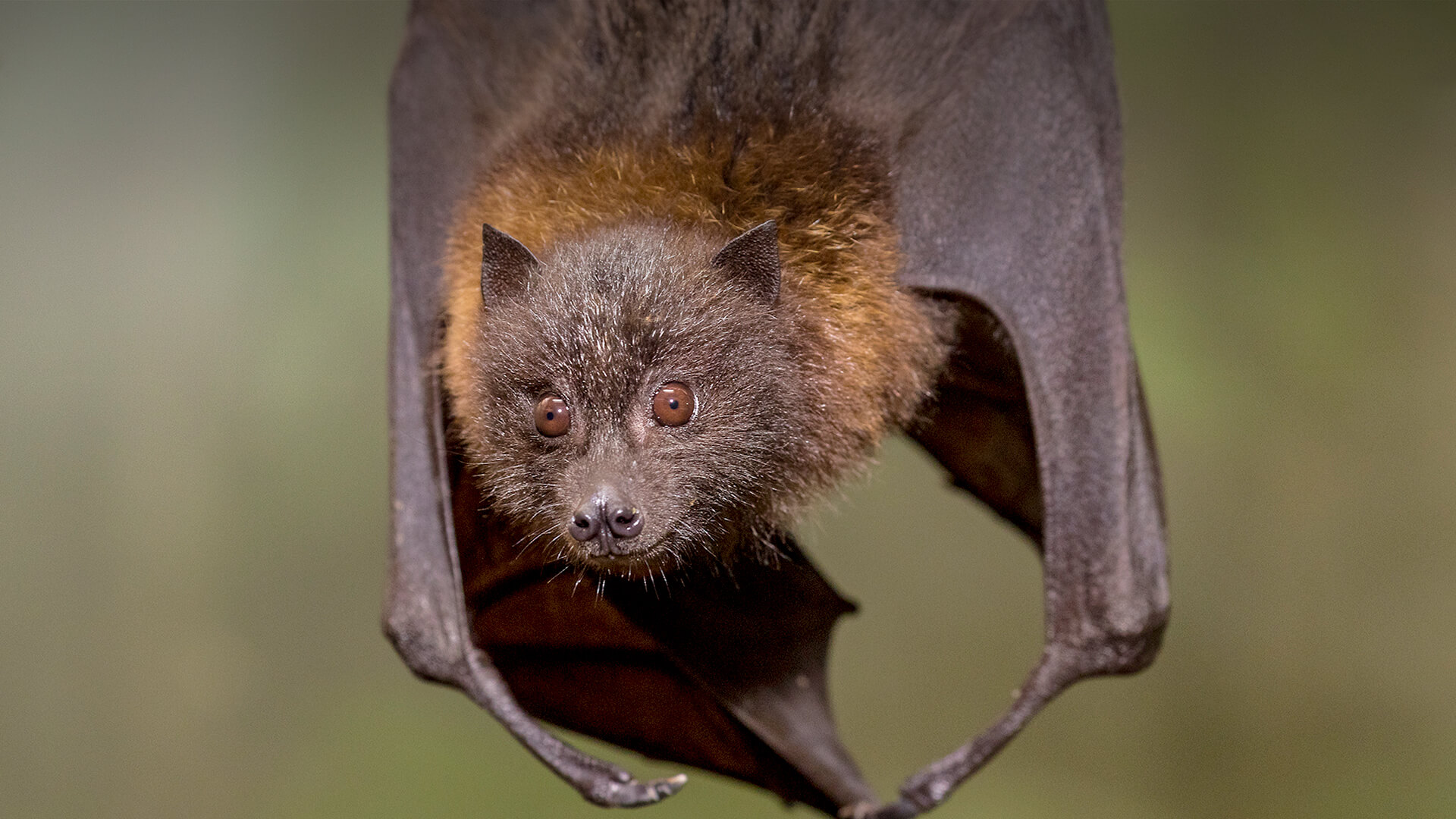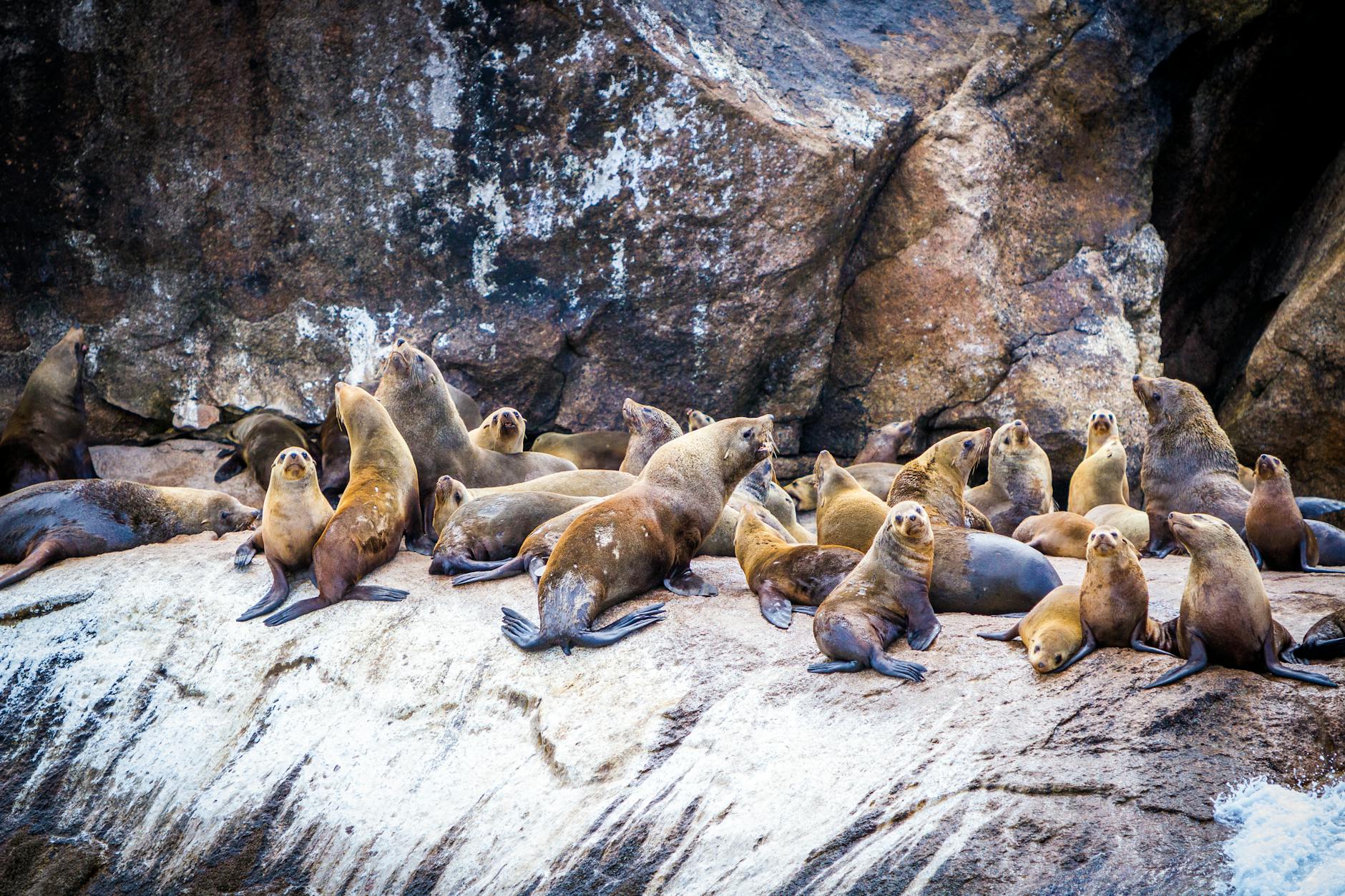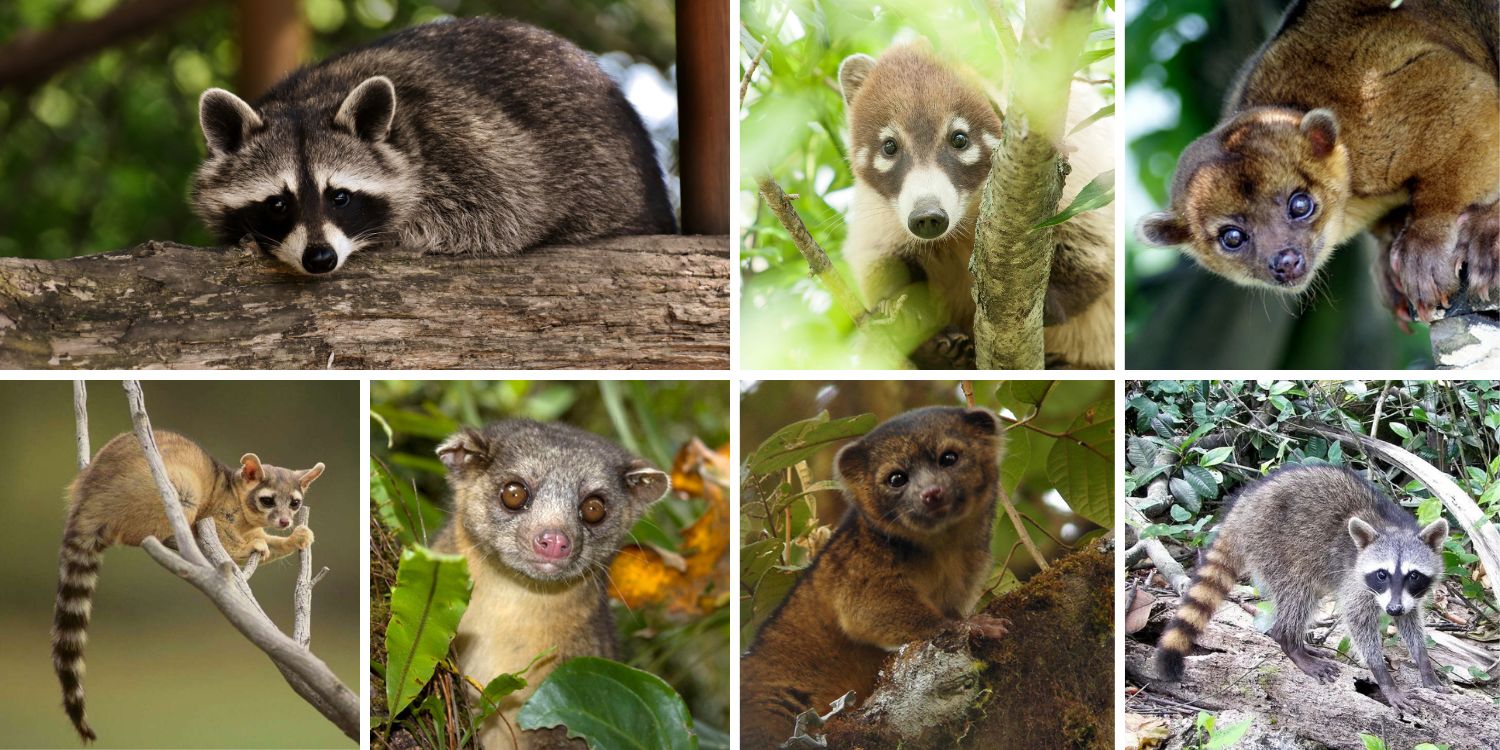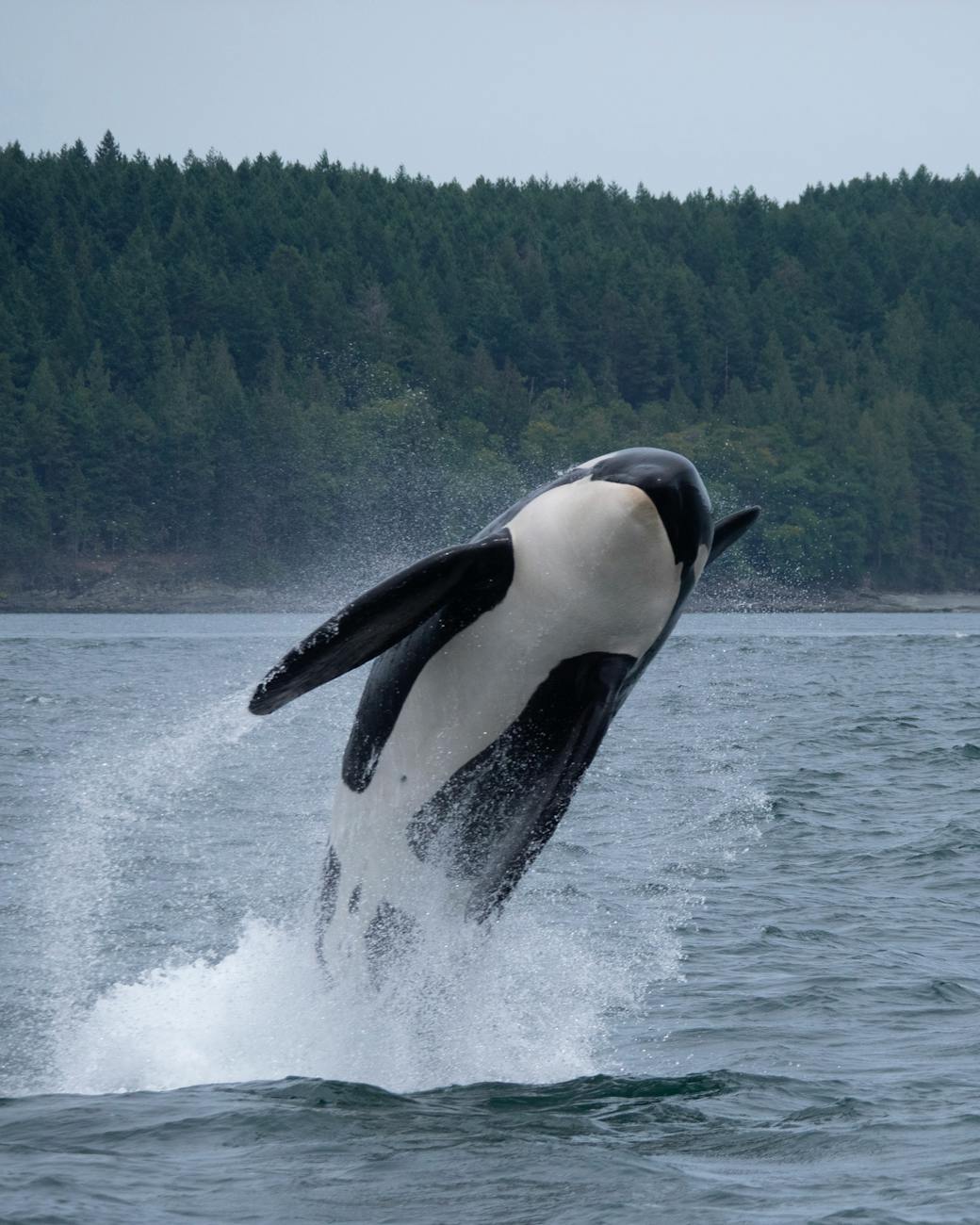
Australia’s hopping marsupials come in all shapes and sizes, and wallabies and wallaroos can sometimes cause confusion. Both belong to the kangaroo family (Macropodidae), but there are key differences that set them apart. Let’s hop into the world of these fascinating creatures and see how they measure up.
Size Matters
The most evident difference between wallabies and wallaroos is their size. Imagine a spectrum:
- Wallabies: These adorable marsupials are the smaller cousins. Depending on the species, they can range from the size of a large quokka (think guinea pig on steroids) to a small kangaroo. Typically, they stand around 12 to 70 cm (5 to 28 inches) tall at the shoulder.
- Wallaroos: These guys occupy the middle ground. They’re bigger than wallabies but not quite as massive as kangaroos. On average, they stand between 60 to 150 cm (2 to 5 feet) tall at the shoulder.
Built for Different Habitats
Wallabies and wallaroos have adapted to slightly different environments:
- Wallabies: These versatile creatures can thrive in diverse habitats, from rainforests and woodlands to grasslands and rocky outcrops. Their smaller size allows them to navigate denser vegetation and maneuver more easily through challenging terrain.
- Wallaroos: Wallaroos typically prefer more open areas like rocky hills and scrublands. Their larger stature makes them well-suited for covering long distances in these open environments.

A Pouch for Every Joey
Both wallabies and wallaroos are marsupials, carrying their young in a pouch. However, due to their size difference, the pouch location can vary slightly. In wallabies, the pouch typically opens forward, facing the mother’s belly. For wallaroos, the pouch might be positioned slightly lower or even backward due to their longer legs.
A Hopping Buffet
When it comes to diet, there’s not much difference. Both wallabies and wallaroos are herbivores, primarily munching on grasses, leaves, and shrubs. They play a vital role in their ecosystems by helping disperse seeds through their droppings.
Sharing the Spotlight (and Threats)
Despite their differences, wallabies and wallaroos face similar threats. Habitat loss due to agriculture and development is a major concern. Additionally, introduced predators like foxes pose a risk to these native Australian animals.
Conservation Efforts
Efforts are underway to protect both wallabies and wallaroos. Protecting their habitats, raising awareness, and supporting conservation organizations are all crucial steps in ensuring their survival for generations to come.
So, the next time you see a hopping marsupial in Australia, take a closer look! By understanding the size differences, habitat preferences, and subtle variations, you might be able to tell if it’s a wallaby or a wallaroo.






